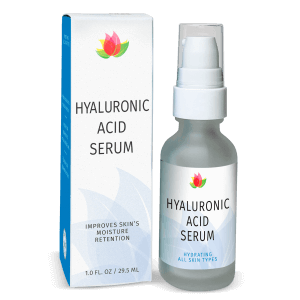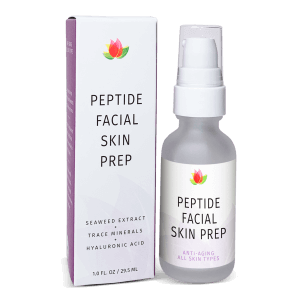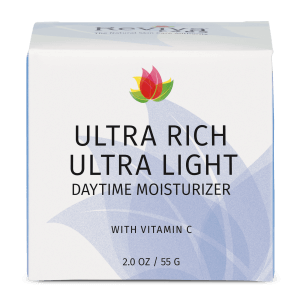Ingredients, Natural, Reviva Labs, Skin Care
What Reduces Skin Redness?
Skin redness can be both a temporary inconvenience and a persistent problem, affecting individuals of all ages and skin types. Whether it’s caused by exposure to harsh environmental conditions, underlying skin conditions, or simply the body’s natural reaction to irritants, finding effective ways to reduce redness is a priority for many. In this guide, we’ll explore a variety of methods and treatments that can help soothe and diminish skin redness, drawing on expert advice and the latest skincare research.
Understanding Skin Redness
Before diving into the solutions, it’s important to understand what causes skin redness. Often, it’s the result of inflammation or irritation, which can stem from a variety of sources including allergic reactions, eczema, rosacea, or even just sensitive skin reacting to a new product. Environmental factors like wind, cold temperatures, and sun exposure can exacerbate the condition, leading to discomfort and a desire for quick relief.
Gentle Cleansing and Moisturizing
The foundation of any skincare routine aimed at reducing redness begins with gentle cleansing and moisturizing. It’s crucial to choose products that are formulated for sensitive skin, free from harsh chemicals and fragrances that can further irritate the skin. Cleansers with a mild, hydrating formula can help remove impurities without stripping the skin of its natural oils, which is essential in maintaining the skin’s protective barrier. Following up with a deeply nourishing moisturizer can lock in hydration, soothe inflammation, and protect the skin from environmental aggressors.
The Role of Anti-Inflammatory Ingredients
Incorporating skincare products that contain anti-inflammatory ingredients can significantly reduce skin redness. Ingredients like aloe vera, green tea extract, chamomile, and niacinamide are renowned for their soothing and calming properties. These components work by reducing inflammation and redness, providing relief to irritated skin. Aloe vera is a powerhouse of healing properties, offering immediate cooling, and soothing effects, while niacinamide helps to strengthen the skin’s barrier function, reducing the sensitivity that often leads to redness.
Sun Protection is Key
One of the most overlooked yet critical steps in reducing skin redness is the consistent use of sunscreen. UV exposure can aggravate skin redness and inflammation, leading to more severe skin conditions over time. Applying a broad-spectrum sunscreen with an SPF of 30 or higher every day, even when it’s cloudy, helps protect the skin from harmful UV rays and prevents the exacerbation of redness. Opting for sunscreens formulated for sensitive skin can ensure protection without causing further irritation.
Lifestyle Adjustments for Healthier Skin
Beyond topical treatments and skincare routines, making certain lifestyle adjustments can also contribute significantly to reducing skin redness. Staying hydrated by drinking plenty of water, maintaining a balanced diet rich in antioxidants, and avoiding spicy foods and alcohol can help manage inflammation from the inside out. Additionally, managing stress through meditation, yoga, or other relaxation techniques can reduce the occurrence of flare-ups, as stress is a known trigger for many skin conditions.
Professional Treatments and Consultations
For those who find that over-the-counter solutions are not enough to manage their skin redness, professional treatments may offer relief. Laser therapy, for instance, can be highly effective in reducing the appearance of blood vessels beneath the skin, which contribute to an overall red appearance. Chemical peels and microdermabrasion are other options that can help improve skin texture and reduce redness over time. However, it’s essential to consult with a dermatologist before undergoing any of these treatments to ensure they’re appropriate for your skin type and condition.
The Importance of Patch Testing
Regardless of the treatment or product, patch testing is a crucial step in introducing new elements to your skincare routine. By applying a small amount of product to a discreet area of skin and waiting 24-48 hours, you can gauge your skin’s reaction and avoid potential irritation or allergic reactions. This simple precautionary measure can save a lot of discomfort and further skin irritation down the line.
Take a Multifaceted Approach to Skin Redness
Reducing skin redness requires a multifaceted approach that includes gentle skincare practices, lifestyle adjustments, and possibly professional treatments. By understanding the underlying causes of redness and adopting a comprehensive skincare routine that emphasizes hydration, protection, and the use of anti-inflammatory ingredients, individuals can achieve calmer, more balanced skin. Remember, what works for one person may not work for another, so it’s important to listen to your skin and adjust your routine as needed. Consulting with a dermatologist can also provide personalized advice and treatment options tailored to your specific skin concerns.












